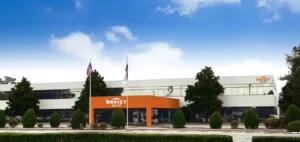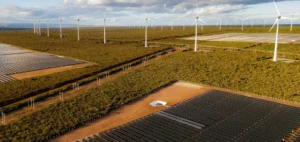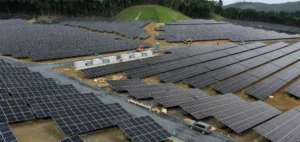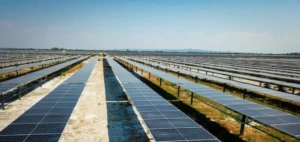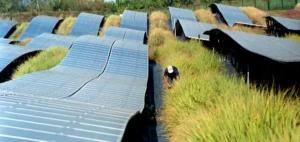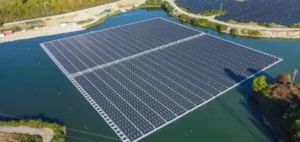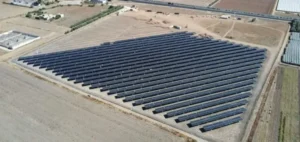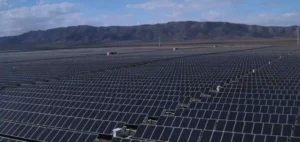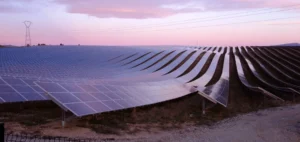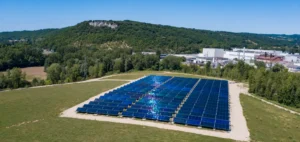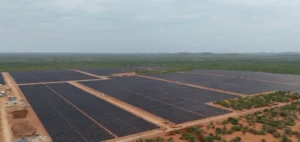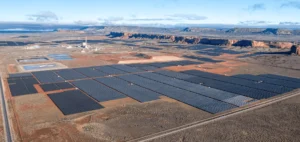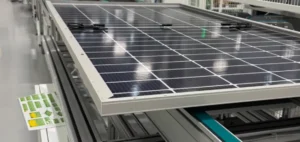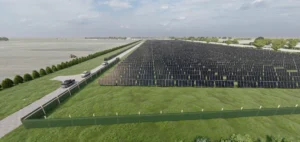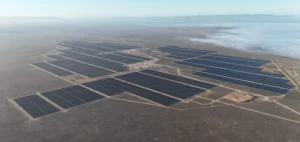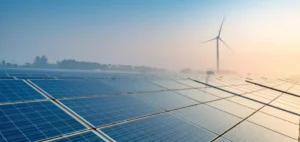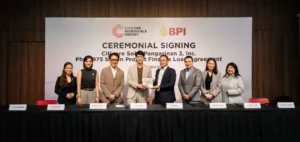Chinese company GCL System Integration has deployed 146,000 bifacial modules for the Tützpatz agrivoltaic plant in northeastern Germany. Developed by Swedish group Vattenfall, the facility spans 93 hectares and has an installed capacity of 76 MW, making it one of the largest agrivoltaic projects in Germany to date. The project was completed without public subsidies and is backed by a ten-year power purchase agreement signed with PASM, a subsidiary of Deutsche Telekom, which will absorb the plant’s entire output.
Technical design tailored to agricultural conditions
The supplied modules are 550W bifacial panels designed for agrivoltaic applications. They allow customisable light transmission ranging from 15% to 40% to ensure coexistence between solar production and crop growth. The system relies on 2.8-metre elevated structures with single-axis trackers, allowing access for agricultural machinery. The effective land-use rate exceeds 80%, optimising the use of arable land.
The modules feature double-glass layers and full aluminium frames. They have been certified after extended durability tests, including 1,000 hours of salt mist and 500 hours of ammonia exposure—typical conditions in agricultural environments. These technical features aim to ensure resistance in humid, saline, or livestock-dense areas.
Intelligent management system and reduced interventions
A digital platform developed by GCL enables real-time monitoring of the modules through meteorological data, crop sensors, and inverter analytics. This system uses algorithms to automatically adjust panel angles and irrigation cycles. At the Zhundong site, this technology led to a 20% increase in alfalfa yield and a 15% reduction in water consumption.
Motorised adjustable supports were also tested at the Jinzhai pilot site, where they increased camellia seed output by 30% and improved solar efficiency by 8%. These devices reduce the need for corrective maintenance by automating mechanical adjustments based on local conditions.
Structural advantages and lower operational costs
GCL’s industrial strategy relies on a vertically integrated supply chain. Using in-house granular silicon production, the company reduces module costs by 8% to 12% compared to external sourcing. Additionally, joint procurement with other industry players cuts balance-of-system costs by 5%.
In-house engineering, procurement, and construction (EPC) capabilities allow GCL to shorten project timelines by 20% and reduce total project costs by 10%. These savings help minimise post-installation maintenance costs through higher initial implementation quality.
Long-term commitments and increased automation
In August, GCL System Integration joined the Science Based Targets initiative (SBTi), committing to define short- and long-term emissions reduction trajectories. At the same time, the company is advancing research into perovskite-silicon tandem modules with higher light transmission. The goal is to enhance synergy between agriculture and solar generation while simplifying maintenance operations through increased automation.
Large-scale projects are also underway in southwestern and northwestern China, where GCL aims to combine carbon tracking, agricultural management, and solar production in replicable operational models, reducing human intervention while ensuring stable energy performance.



